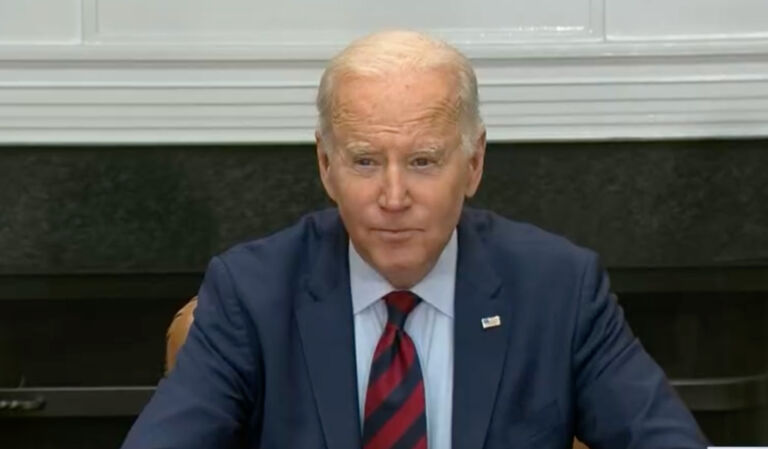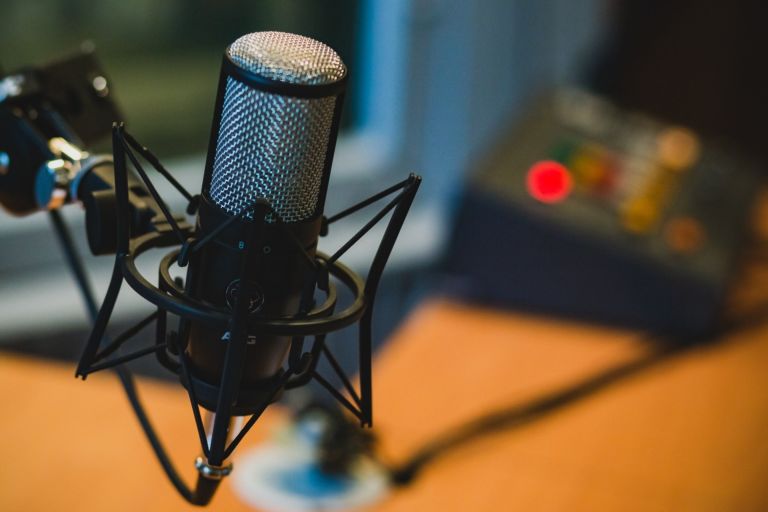In the letter below (in today’s Wall Street Journal), the writer gets at a truth that is ignored by politicians who want to capitalize on the ignorant idea that higher taxes on wealthy people help the poor:
Amity Shlaes’s review of Robert F. Dalzell Jr.’s “The Good Rich” (Bookshelf, Jan. 16) notes its author’s myopia about our need for rich people. Yet such myopia seems commonplace. Permit me to digress.
If a man wants to be paid more (and assuming he won’t steal from his neighbors), then he must produce more. The easiest way to produce more is to use a tool. The Bureau of Economic Analysis reports that the U.S. had $34 trillion of net private fixed assets being used by 110 million nongovernment workers in 2009: Our average employee works with $309,000 of plant and equipment. If required to supply their own tools, most workers couldn’t have their jobs. Since they can’t afford their tools, workers are dependent on someone richer to supply them. Not only are tools expensive, but most last for decades. So most investor returns are far in some unknowable future. Thus the investor must be rich enough to buy those tools and be sufficiently wealthy that the occasional bad bet won’t ruin him.
The left’s demands for economic equality insist that, if the guys who work on the back of the garbage truck can’t afford to buy their own (at $200,000 per truck), then no one else should be in a position to supply one either. President Obama’s fiscal cliff “tax victory” will raise $600 billion. At $300,000 per worker, that wipes out two million jobs. Ironically, it is the working class which most needs that capital to raise its productivity, employability and pay.
Fred Anderson
Pittsburgh


